Flight attendants conduct thorough safety and comfort checks during the boarding process.
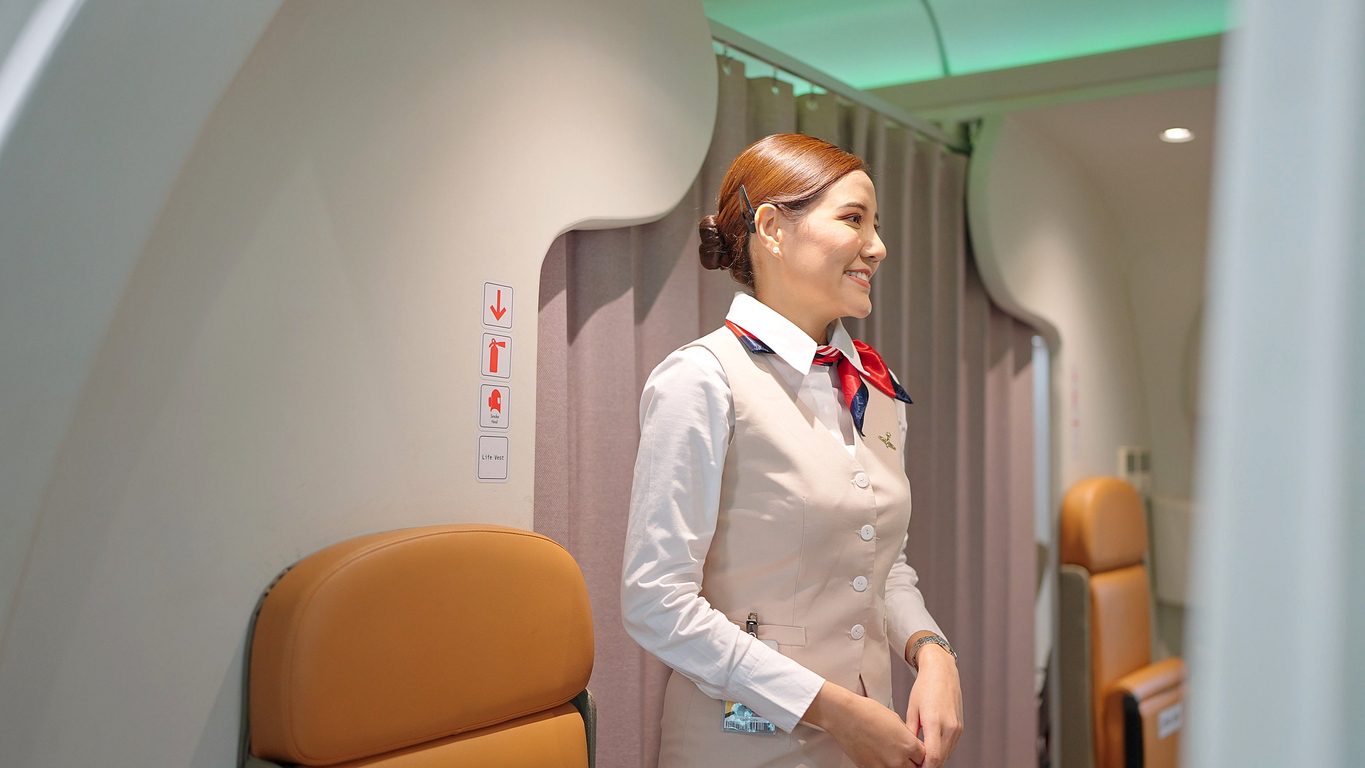
Boarding a plane involves more than just showing your ticket and finding a seat. Flight attendants perform a series of important inspections and actions to ensure both passenger safety and comfort. From checking that safety equipment is functional to monitoring carry-on luggage and observing passenger well-being, these steps help prepare the cabin for a smooth and secure journey. Understanding these checks can make boarding less confusing and more efficient.
1. Inspecting cabin cleanliness and overall tidiness before passenger boarding.
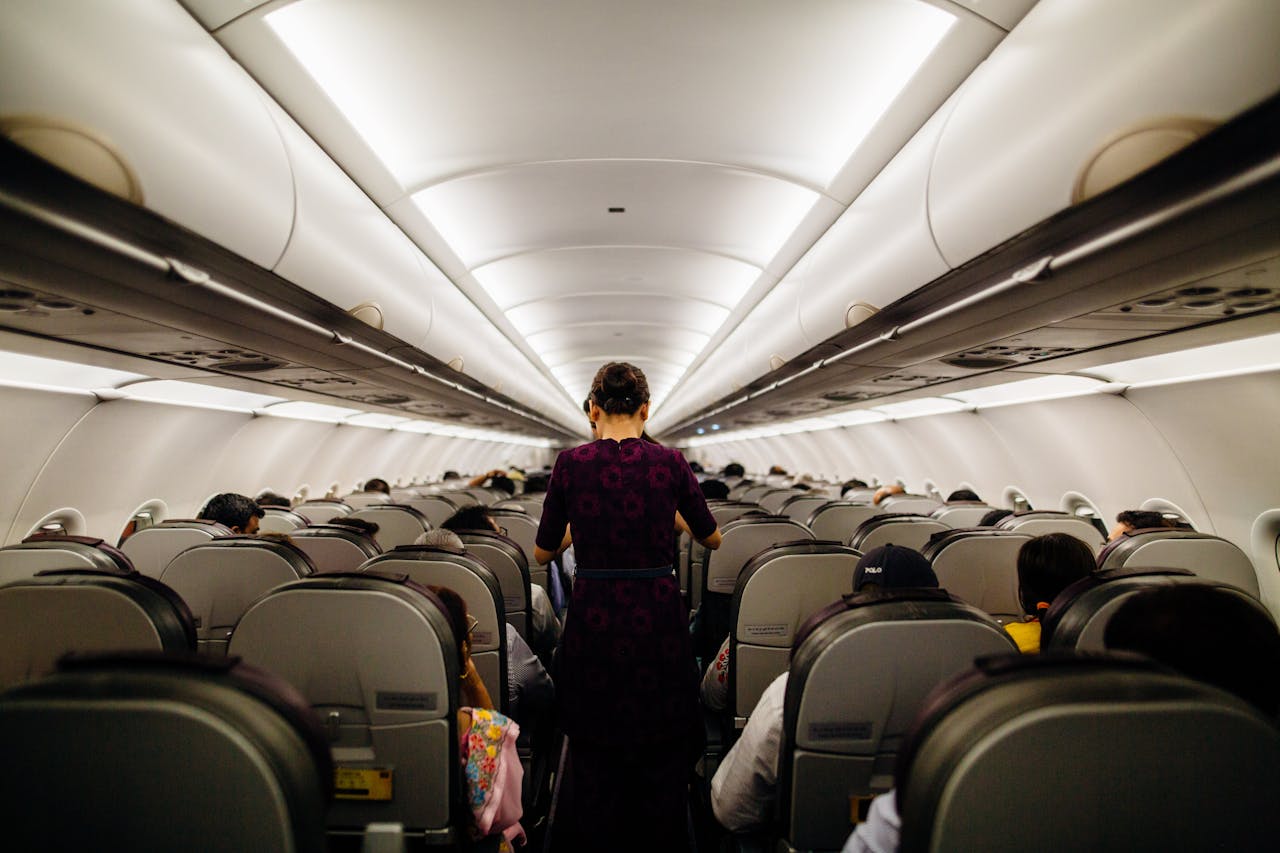
Flight attendants perform a crucial task of inspecting cabin cleanliness and tidiness before passengers board. Neatly organized magazines, well-placed safety cards, and spotless tray tables contribute to a welcoming environment. A thorough inspection sets the tone for a pleasant and orderly flight.
Cleanliness isn’t just aesthetic; it’s vital for sanitation and passenger perception. An organized cabin reduces clutter, helping ensure safety protocols are efficiently followed. Should a flight encounter unexpected turbulence, a tidy cabin minimizes risks posed by loose objects, significantly enhancing in-flight safety, according to Simple Flying.
2. Verifying safety equipment is properly stowed and in working order.
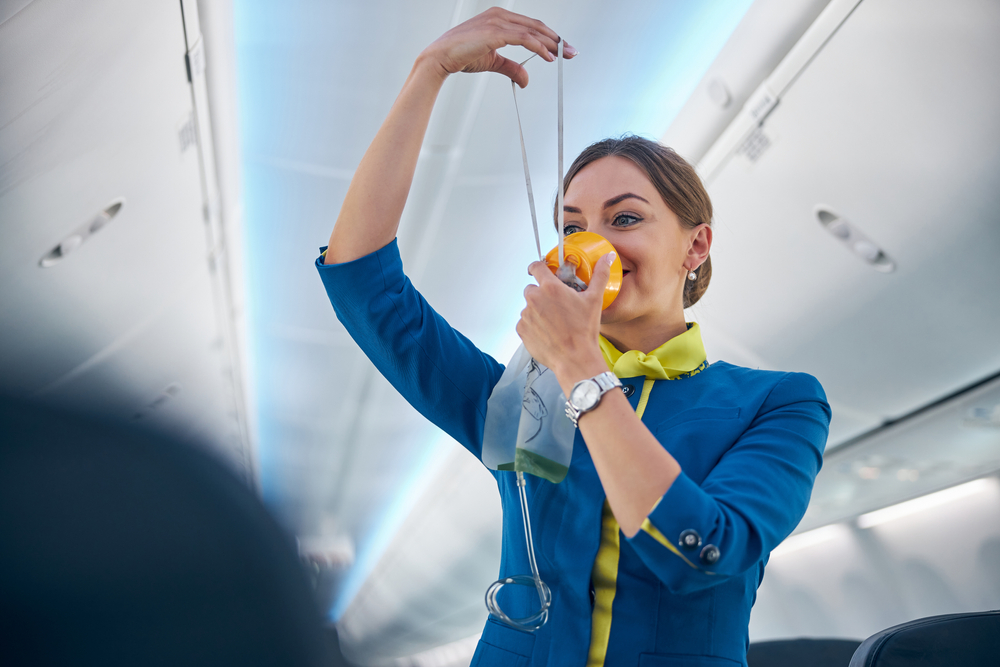
Safety equipment undergoes meticulous checks by flight attendants before passengers step on board. Oxygen masks, life vests, and defibrillators must work flawlessly. These essential tools are inspected for functionality and proper storage, ensuring they’re ready if needed.
Routine safety checks ensure that all equipment meets regulatory standards. In an emergency, immediate access to functioning equipment can prevent chaos and save lives. Such preparedness offers peace of mind to both passengers and crew, knowing emergency protocols can be effectively managed, as mentioned in Yahoo! Life.
3. Checking seat belts and passenger seats for functionality and comfort.
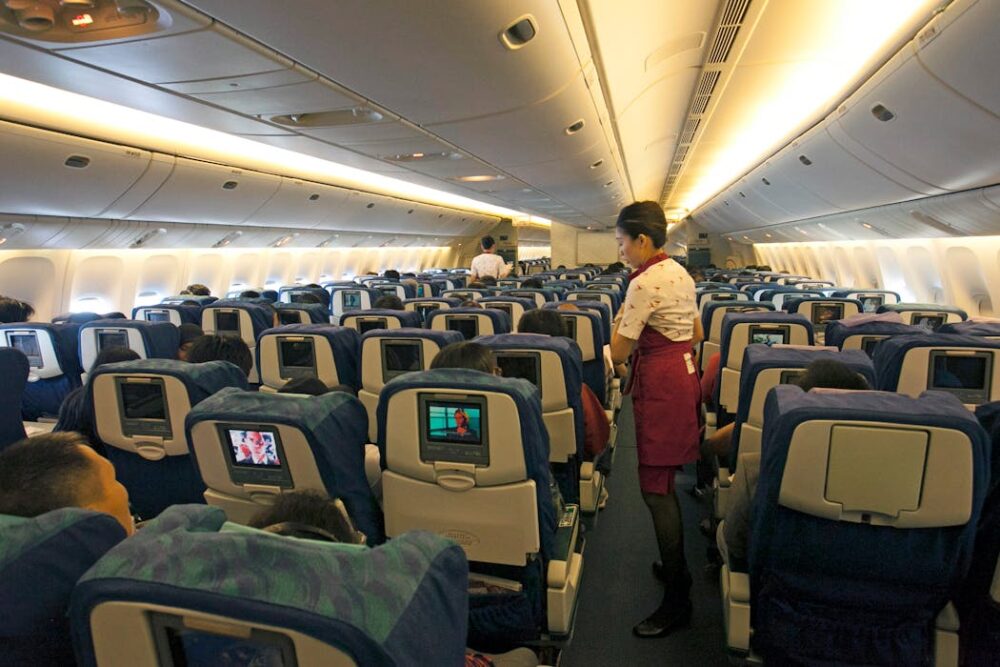
Before passengers settle in, seat belts and seats are meticulously checked for functionality. Buckles must fasten securely and release smoothly, while seats should be intact and comfortable. This verification ensures a safe, comfortable seating experience for every traveler.
Safety extends beyond takeoff and landing; functional seat belts are vital throughout the flight. A well-maintained seat, free of defects, contributes to overall passenger comfort and satisfaction. Comfort, coupled with safety, eases the journey, particularly on longer flights, where seating becomes a pivotal aspect of experience, as reported in Travel + Leisure.
4. Confirming emergency exits are unobstructed and easy to access.
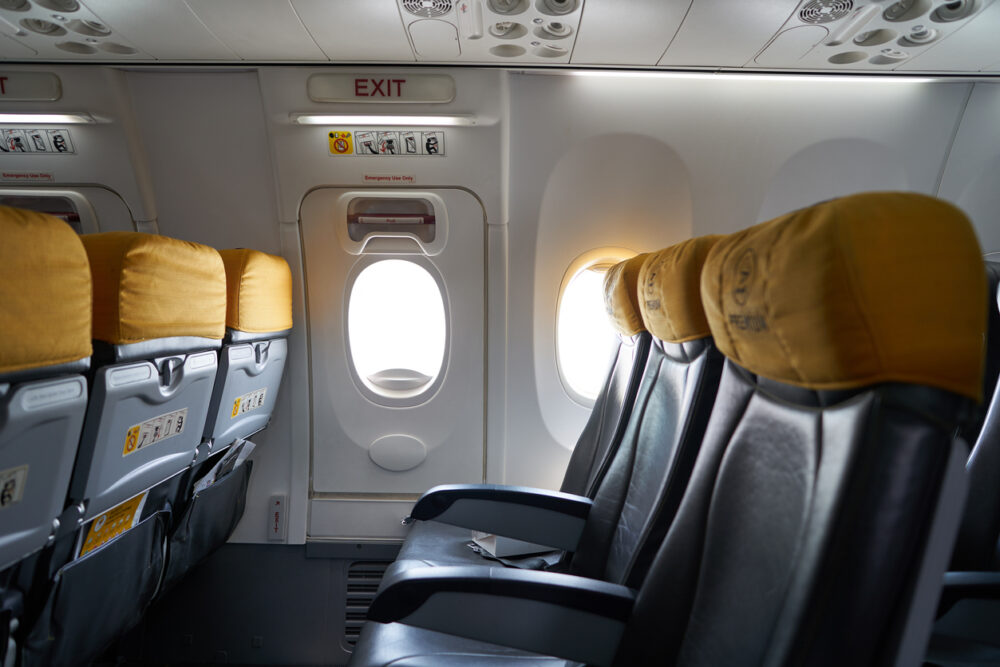
Unobstructed emergency exits are a top priority for flight attendants as boarding begins. Clear pathways ensure swift evacuation if necessary and adherence to safety protocols. Doors and windows must function seamlessly to facilitate quick access in critical situations.
Properly marked, easily accessible exits can significantly impact passenger safety during emergencies. Quickly locating and using exit doors reduces panic, allowing orderly evacuations. Continual assessments verify that nothing impedes pathways, reassuring everyone on board of their readiness for contingent plans.
5. Assessing overhead bins to ensure they are securely closed.

Securing overhead bins is key to ensuring safety during flights. Flight attendants assess that latches close tightly, preventing luggage from spilling into aisles. Properly closed bins reduce risks associated with turbulence, safeguarding passengers from unexpected falling items.
Overhead bin checks also include evaluating weight distribution for stability. Ensuring bins are not overloaded reinforces their integrity, preventing mid-flight hazards. A balanced, securely locked overhead bin is essential for maintaining balance and order in the cabin environment.
6. Monitoring passenger carry-on items for size and safety compliance.
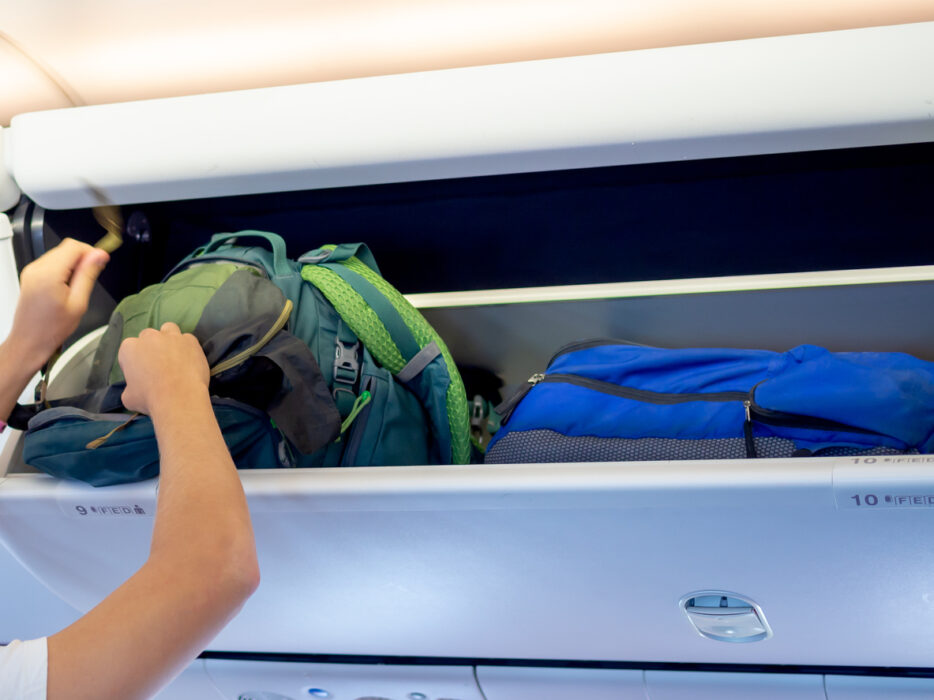
Observing carry-on items, flight attendants ensure they adhere to size and placement guidelines. Properly stowed luggage prevents aisle obstruction and eases passenger movement. An organized cabin ensures emergency pathways remain clear, critical for safety.
Compliance with carry-on regulations minimizes baggage-related issues and enhances onboard comfort. Smaller, neatly packed items in designated compartments reduce complications. A well-managed flight environment supports both safety and convenience by being systematically arranged and abides by all regulations.
7. Observing passenger behavior for any signs of discomfort or distress.
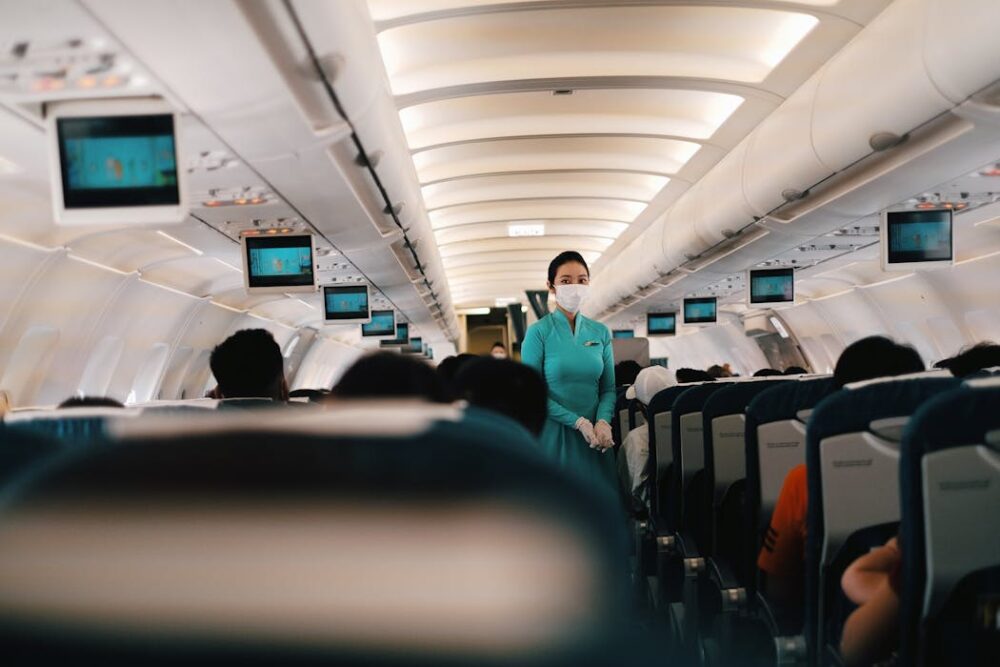
Observant flight attendants look for signs of discomfort or distress among passengers during boarding. Facial expressions and body language can reveal underlying issues. They address concerns promptly, creating a reassuring presence for those on board.
Attentive care can mitigate anxiety, contributing to a calmer atmosphere. Quick intervention enhances the overall travel experience, promoting passenger well-being and satisfaction. This proactive approach underscores the commitment to a safe and supportive flying environment.
8. Reviewing the galley areas to make sure supplies are properly arranged.
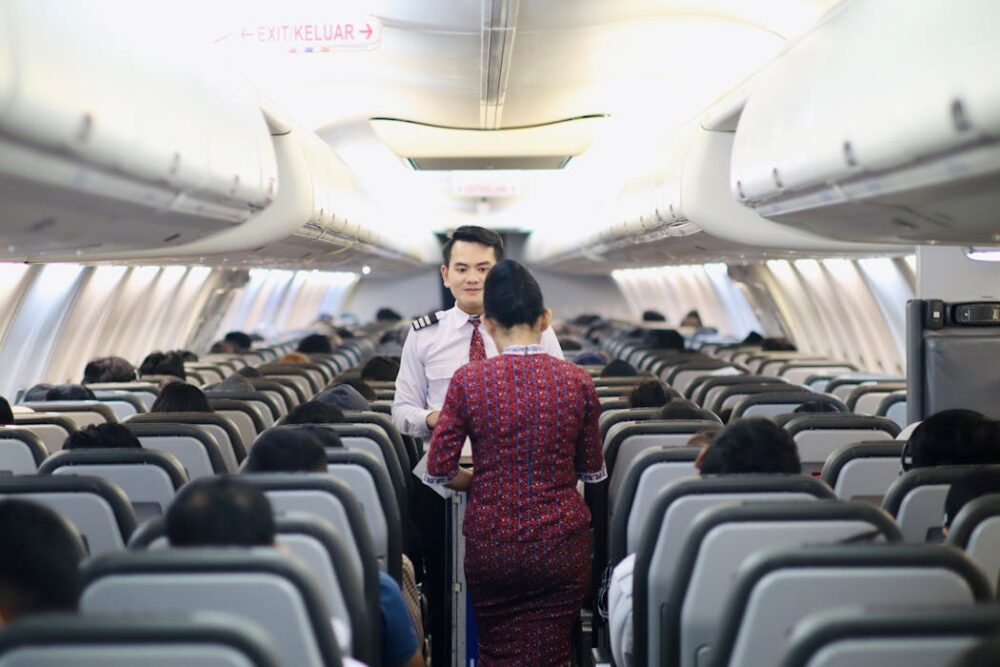
Galley areas receive detailed reviews to verify supplies are in order before passengers board. Sturdy packaging, consistent stock levels, and neatly arranged equipment support efficient service. Organized galleys enhance in-flight food and beverage distribution.
Proper galley preparation reduces service-related disruptions and maintains high standards of hygiene. Access to essential supplies enhances crew efficiency, ensuring timely offerings. A clean, well-prepared galley underscores the importance of orderliness in flight operations.
9. Inspecting lavatories to confirm cleanliness and availability of necessities.
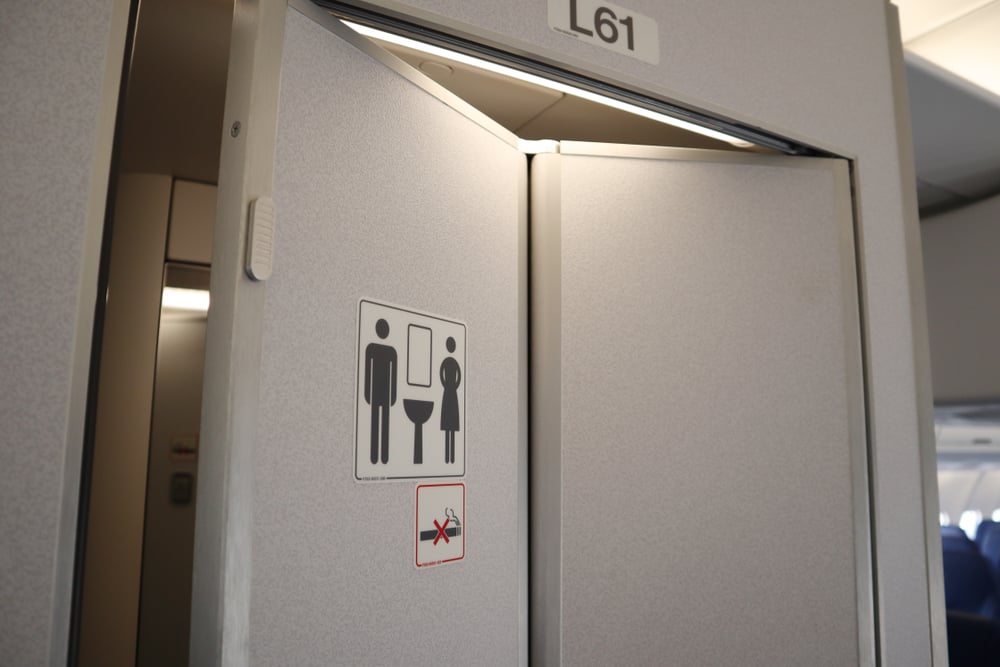
Before flights, lavatories undergo meticulous inspections for cleanliness and stocked essentials. Handwashing supplies, toilet paper, and functional amenities must meet set standards. Such clean facilities significantly influence passenger perceptions of the airline.
Sanitized, well-equipped lavatories contribute to comfortable journeys by addressing basic needs efficiently. Consistent cleanliness reassures passengers of maintenance quality, bolstering confidence in travel conditions. Positive restroom experiences reflect broader commitments to in-flight health and safety.
10. Ensuring all signage and lighting systems are operational and clear.
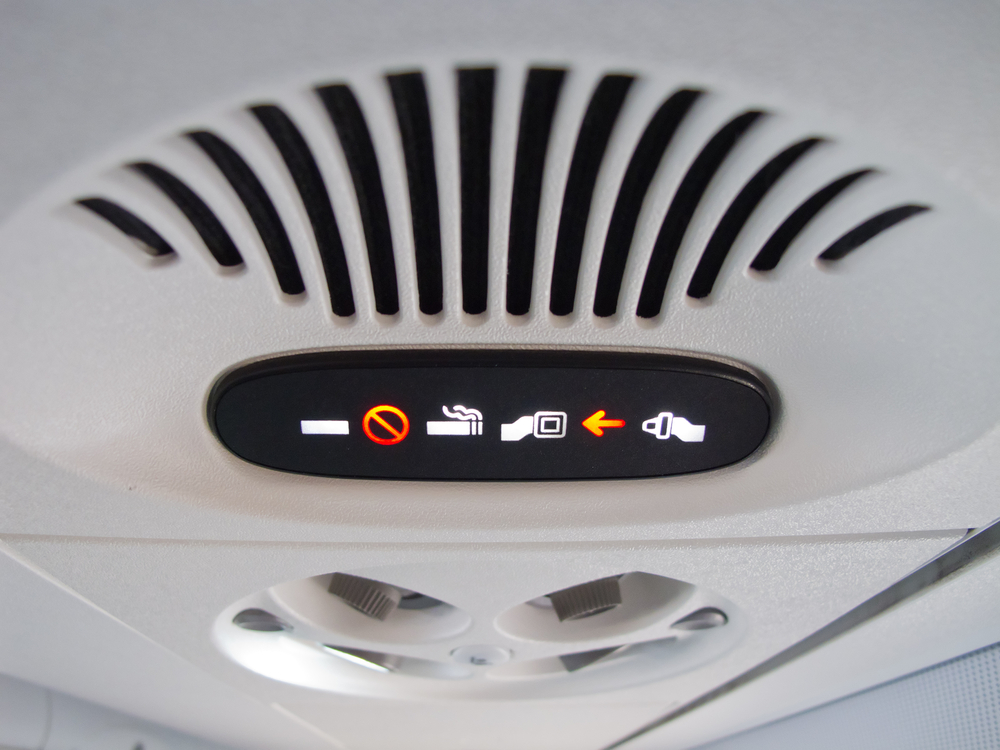
Critical checks ensure all signage and lighting systems operate seamlessly. Emergency exit signs, seatbelt indicators, and reading lights require flawless functionality to guide and inform passengers. These visual cues maintain navigational safety across the flight.
Operational lighting supports safe mobility and attentiveness. Clearly lit pathways aid emergency evacuations and enhance comfort during dimmed phases. Well-maintained signs reassure passengers with consistent guidance, underscoring the carrier’s emphasis on safety and awareness.
11. Checking the stowage of service carts to prevent in-flight hazards.

Proper stowage of service carts guarantees flight safety and operational efficiency. Cart locks must function seamlessly to prevent movement during turbulence. Securely stored carts shield passengers from unexpected occurrences and contribute to an organized cabin.
In-aisle carts pose hazards if unsecured during turbulence or emergency maneuvers. Correctly locked carts prevent shifting, safeguarding the aisle space. Thoughtful arrangement mirrors the airline’s dedication to maintaining structured and safe onboard operations.
12. Confirming that all crew members are prepared and in position.

Flight attendants confirm that all crew members are prepared and in their designated positions before takeoff. Coordinated teamwork ensures an efficient response to every situation, from routine service to emergencies. Preparation aligns with regulatory safety standards and operational readiness.
Crew coordination enhances communication and ensures preparedness for in-flight duties. Positioned readiness embodies control and teamwork, equipping the crew for seamless service delivery and rapid emergency response. This strategic alertness underscores their crucial role in flight dynamics.
